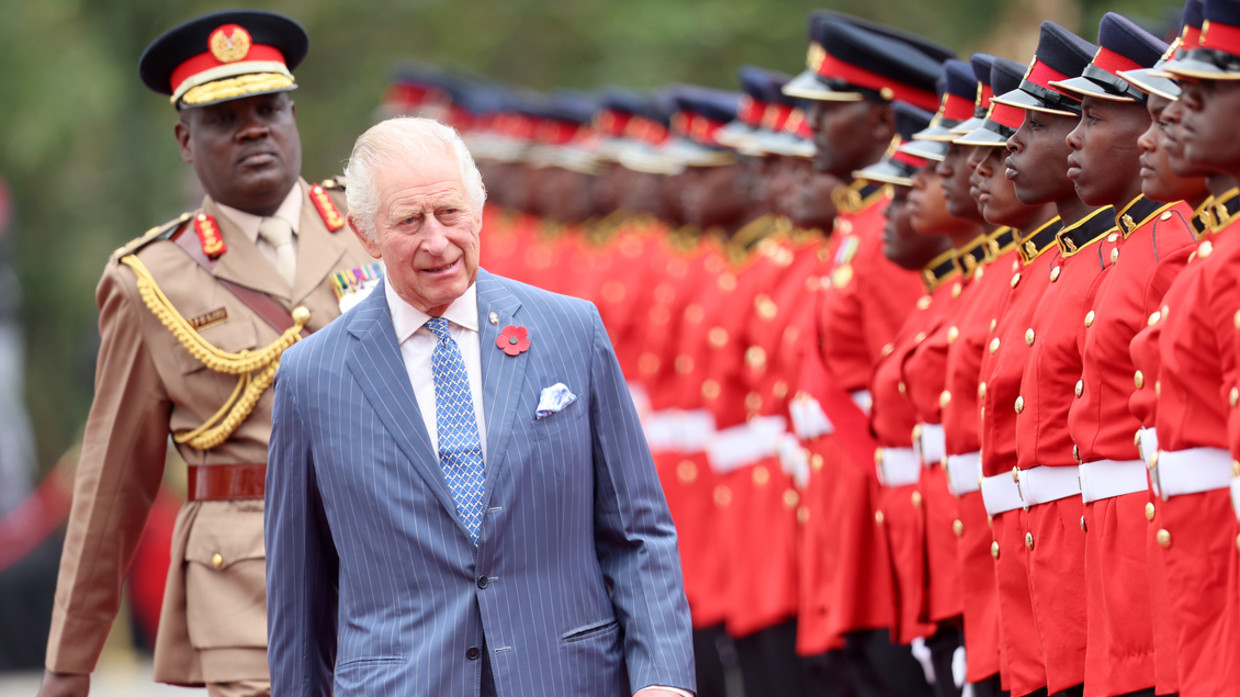The British monarchy has long been entwined with symbolism, and the recent visit of King Charles III to Kenya echoed this intricate relationship. The significance wasn’t lost as Kenya marked its sixtieth year of independence from Britain, especially considering it was the place where Princess Elizabeth received the news of her father’s passing, propelling her ascent to the throne back in February 1952.
Kenya’s History: Colonial Struggles and Impact
Within months of this pivotal moment, Kenya found itself in a state of emergency in October 1952, confronting the intense Mau rebellion. This movement fiercely opposed colonial rule, advocating for land rights, a revival of native traditions, and the expulsion of foreigners from the country.
The origins of Kenya’s colonial era trace back to the late 19th century when Britain and Germany delineated their East African spheres of influence, solidifying their agreement by 1890. This historical fact takes on added significance as Germany’s President, Frank-Walter Steinmeier, engaged with Tanzania, once part of Deutsch-Ostafrika, while Charles III headed for Nairobi. Both anticipated offering apologies for their nations’ colonial past.
Colonial Impact and Kenya’s Struggle for Independence
Britain’s presence in Kenya not only witnessed the brutal suppression of the Mau rebellion but also left a legacy of white settlement. Administrators viewed Kenya as a potential “white man’s country,” fostering settlements in the fertile central uplands. This ambition even led to considerations of establishing a Jewish homeland in Kenya’s White Highlands, a notion met with resistance from British settlers.

The legislative actions during this period, such as the Crown Lands Ordinance of 1915, further marginalized Kenya’s indigenous population from their land rights, consolidating the dominance of the European minority.
Quest for Independence and the Post-Colonial Era
Kenya’s journey towards independence faced numerous challenges. While the country saw the first enfranchisement of women under British rule, it aimed at solidifying the European minority’s dominance over the African populace. The formation of the Kenya African Union and the leadership of figures like Jomo Kenyatta marked significant steps towards independence, ultimately achieved in December 1963.
Acknowledging the Call for Apologies
The need for apologies resonated across various Kenyan communities, seeking acknowledgment and restitution for historical injustices. However, during his visit, while King Charles expressed deep regret, he fell short of issuing the anticipated apology for colonial wrongdoings, in contrast to Steinmeier’s candid expression of remorse in Tanzania.
The Royal Visit and Contemporary Significance
The royal visit to Kenya, highlighted as crucial in Britain’s relations with Africa, however, seems to lack a strategic shift in policy. Despite emphasizing Kenya’s importance within the Commonwealth, the visit appeared more symbolic than practical, failing to address critical contemporary issues.
Ongoing Concerns and Economic Dynamics
Issues such as the presence of British troops in NAnyuki, implicated in various controversies, including environmental damage, continue to strain relations. Furthermore, economic ties between Kenya and the UK have witnessed fluctuations, with bilateral trade facing challenges post-Brexit and reservations about economic partnership agreements.
Conclusion: Symbolism vs. Substance in Bilateral Relations
Despite the historical ties and ceremonial gestures, the visit underscored the persistence of unresolved issues between Britain and Kenya. Symbolism overshadowed pragmatic engagement, leaving critical concerns unaddressed, hinting at a gap between ceremonial appearances and substantive action in bilateral relations.









